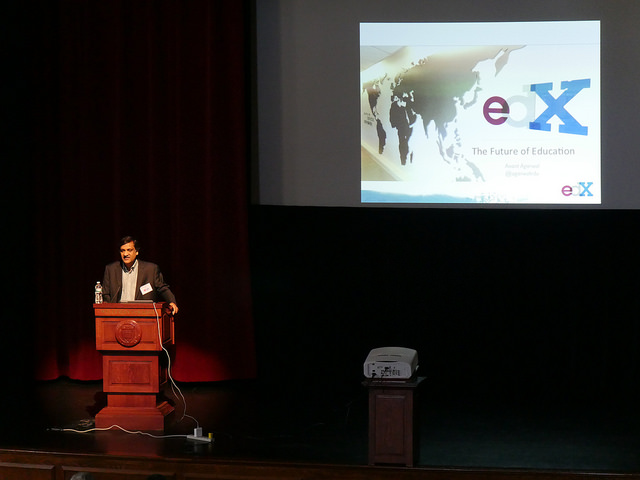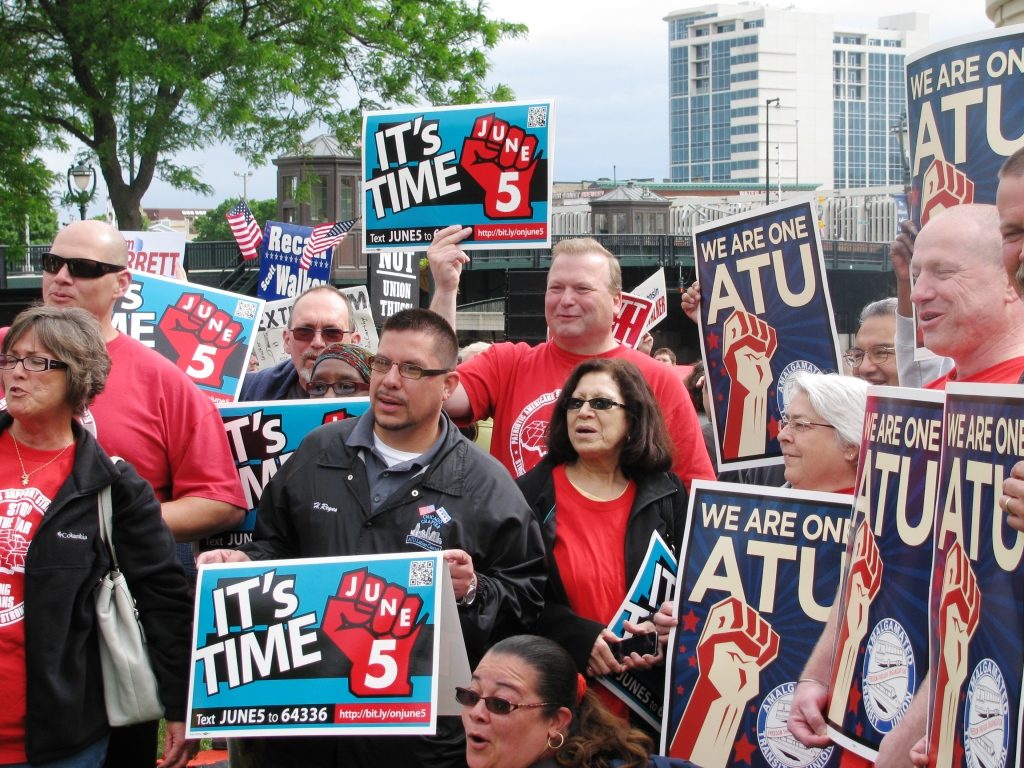
How do collective academic projects come into being? Behind the polished acknowledgment sections that one usually finds on the first pages of published books and articles, the dynamics of co-authored intellectual enterprises are often more convoluted – and possibly more interesting. The story behind our article “Work and Identity in an Era of Precarious Employment: How Workers Respond to “Personal Branding” Discourse,” recently published in Work and Occupations, is no exception.
First, the story itself. Our project began with a regular session at the ASA meetings in Chicago. One of us (Angèle) was presenting a paper called “Living in the Market: How Freelance Journalists Manage Careers and Reputations in the United States and France.” The paper used ethnographic methods to compare web journalists in Paris and New York. A key part of the paper concerned the meanings these web writers gave to their work, which required them to engage in a conscious effort to accumulate clicks and followers, a vital symbolic currency in the digital landscape. The American journalists tended to view their audience-promotion efforts through the prism of “personal branding,” a discourse that the Parisian journalists rejected, even though the actual work situations of the two groups were virtually identical. Angèle’s study thus showed how meanings and attitudes could vary sharply even as the very tasks, tools, and work situations of web journalists increasingly converged across national borders.
To explain her findings, Angèle alluded to the explanatory power of Michel Foucault’s work on neoliberalism and subjectivity. It was this thread, coupled with Angèle’s discussion of personal branding, that piqued the interest of Steven, an audience member listening to her talk. (Interestingly, Angèle recognized him from the picture featured on his webpage, which she had looked up beforehand to find out more about his research; not unlike the situation in web journalism, online visibility plays a role in academia as well).


 The decision to become a stay-at-home parent is often not easy – many parents weigh the costs of career sacrifices relative to the benefits of increased family time. They might want to consider another cost: how easy will it be to return to work?
The decision to become a stay-at-home parent is often not easy – many parents weigh the costs of career sacrifices relative to the benefits of increased family time. They might want to consider another cost: how easy will it be to return to work?





